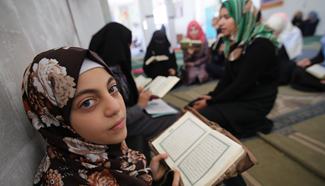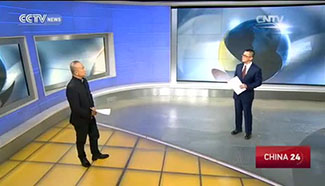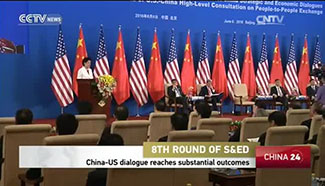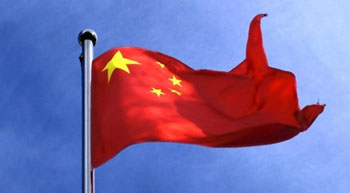by Juan Manuel Nievas
BARILOCHE, Argentina, June 8 (Xinhua) -- Facing the risks of mobility and brain drain, Argentina has started technological innovation two decades ago and is seeking to reserve local talents by "putting on collective projects," a technical company leader told Xinhua in a recent interview.
Vicente Campenni, deputy manager of high-tech company Investigacion Aplicada (INVAP), welcomed Xinhua reporters at the INVAP's base in San Carlos de Bariloche, in the province of Rio Negro.
On Argentina's way to become a technological innovation powerhouse, companies like INVAP play important roles.
With a diversified capacity of producing reactors for research and isotope production, low-orbit satellites for terrestrial observation, radar systems and radiotherapy systems, INVAP works on projects in Algeria, Egypt and Australia as well as with engineering and nuclear technology giants like Russia, the United States and Canada, Campenni said.
The INVAP'S broad diversification began "in the early 1990s with satellites (development), when Argentina created its National Commission for Space Activities (CONAE) and signed a deal with the United States for joint development on space technology," Campenni explained.
The expert, a physicist from the National University of Cordoba, added that Argentina was currently developing a satellite platform alongside NASA.
With these efforts, Argentina is seeking to enhance its ability to produce more value-added goods, and move beyond the resource course, the paradox that countries with enriched natural resources tend to have less economic growth and worse development outcomes.
"We are all vulnerable to talent hunters and international recruitment firms. The risk of mobility exists but we constantly work on challenging technological projects," Campenni said.
"Our development plans are very positive," said Campenni, adding that INVAP aims to reverse the Argentinean academic and scientific brain drain by putting on collective projects, which would last years and involve hundreds of people.
The INVAP "supports governmental and industrial areas, which have generated their own (independent) projects, including factories in Argentina and Mexico, and advances in the oil and wind energy sectors," Campenni pointed out.
Argentina also regards cooperation with international counterparts as a beneficial way to promote home innovation. For example, China has been playing an increasingly important role in the Latin American country's modernization of its energy matrix, particularly on wind power development.
In 2015, the government of La Rioja province and Chinese company Hydrochina International Engineering Co. signed a deal to raise Arauco Wind Farm's installed capacity by 104 more megawatts.
The Arauco Wind Farm, first built in 2012 with 12 wind turbines capable of generating 24 megawatts of power and was added with an extra installed capacity of 25 megawatts in 2013, has become a showcase of the Sino-Argentinean wind power development endeavor.
"The idea is that, for all these industries, we can replace imports with a national supply chain, which will produce ever more components in the future," Campenni concluded.
He hoped that Argentina can find new economic growth points in areas of industrial technology, nuclear energy and alternative energies.










